Black hole
What is a star?
A star is a aster like the sun shining through nuclear reactions that occur in the middle.
With the exception of the Sun, the stars appear to the naked eye as a bright, shimmering due to atmospheric turbulence, with no immediate apparent motion relative to other fixed objects in the sky.
All the stars are considerably farther from Earth than the Sun.
The nearest star, Proxima Centauri, is located about 4 light years of the solar system, nearly 250 000 times further away than the Sun.
The mass of a star is of the order of 1030 kg and its radius of the order of several million kilometers.
The power radiated by a star like the Sun is about 1026 watts. The stars are formed following the contraction of a nebula of gas and dust under the influence of gravity. If the heating of the material is sufficient, this triggers the cycle of nuclear reactions in the heart of the nebula to form a star.
The energy from these reactions is then sufficient to stop the contraction due to the radiation pressure generated.
The number of stars in the universe is estimated between 1022 and 1023. Apart from the Sun, the stars are too faint to be observed in daylight.
Image: Birth of a star: image made from data of X-ray telescope Chandra (blue) and data from the Spitzer Infrared Telescope (red and orange).
At about 4 000 light years from Earth lies RCW 108, a region of the Milky Way where star formation is active where the presence of clusters of young blue stars in the image.
The one we saw the birth, in yellow at the center of the image is deeply embedded in a cloud of molecular hydrogen.
According to data from different telescopes, astronomers determined that star birth in this region is triggered by the proximity effect of massive young stars.
NB: The astronomers classify stars in dwarf or giant. 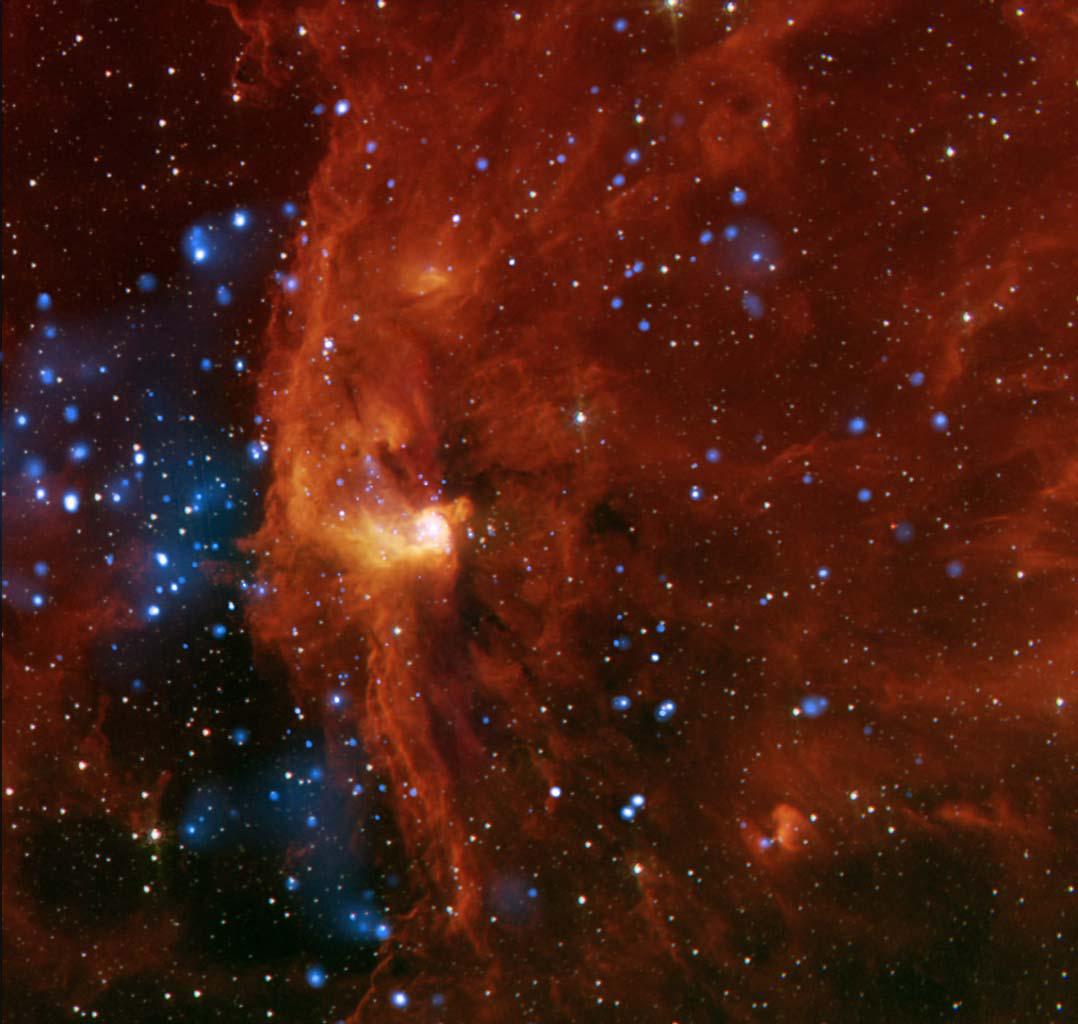
What is a black hole?
Black holes are massive objects whose gravitational field is so intense that it prevents any form of matter or radiation to escape. Black holes are described by the theory of general relativity. When the heart of the dead star is too massive to become a neutron star, it shrinks inexorably to form the astronomical object that is the black hole. The stellar black holes have a mass of few solar masses. They arise as a result of the gravitational collapse of massive stars of the residue (about ten solar masses or more).
When the combustion by thermonuclear reactions in the heart of the massive star end for lack of fuel, a supernova occurs. This may leave behind a heart that continues to crumble quickly. Considered from the 18th century, the theory behind the existence of black holes, states that these objects so dense that their escape velocity exceeds the speed of light.
The light can not overcome the gravitational force and surface remains trapped.
The theory also defines accurately the intensity of the gravitational field of a black hole.
She is such that no particles crossing the horizon, border theory, can not escape.
Image: V. Beckmann (NASA's GSFC) et al., ESA
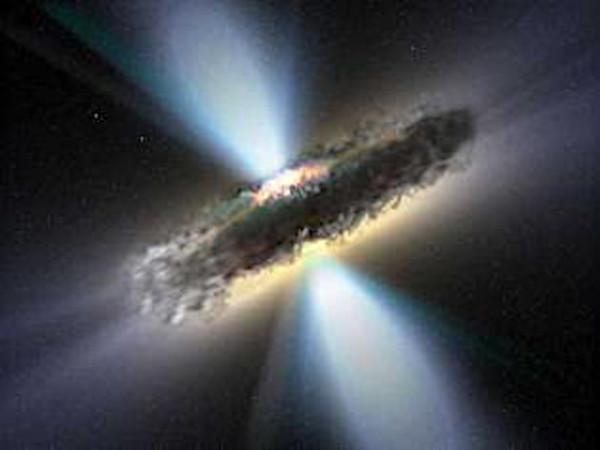
Articles on the same theme
1997 © Astronoo.com − Astronomy, Astrophysics, Evolution and Ecology.
"The data available on this site may be used provided that the source is duly acknowledged."
How Google uses data
Legal mentions
English Sitemap − Full Sitemap
Contact the author
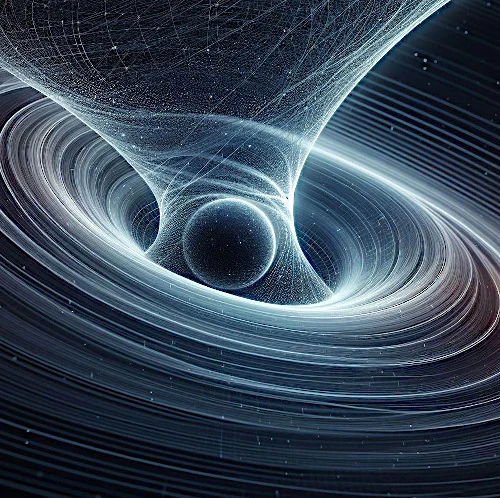 The curvature of time, a non-intuitive concept!
The curvature of time, a non-intuitive concept!
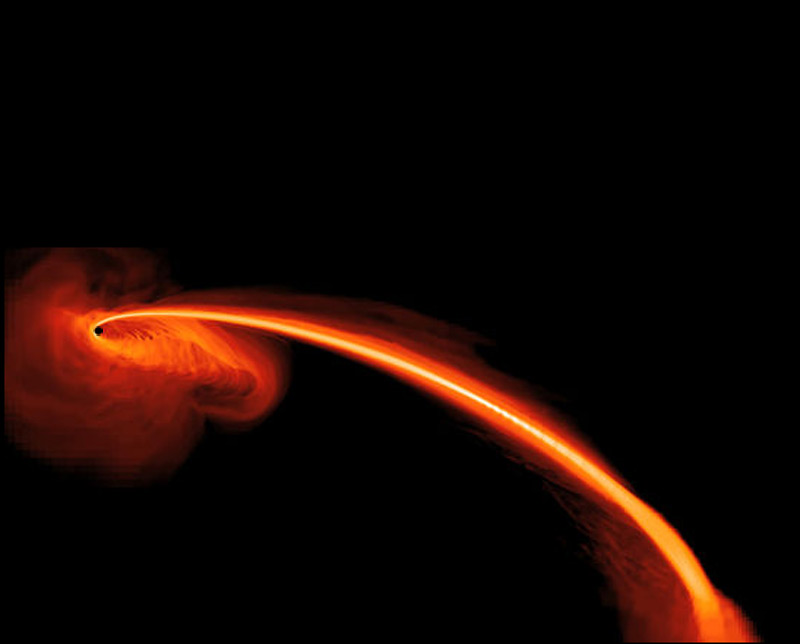 Escape or escape speed
Escape or escape speed
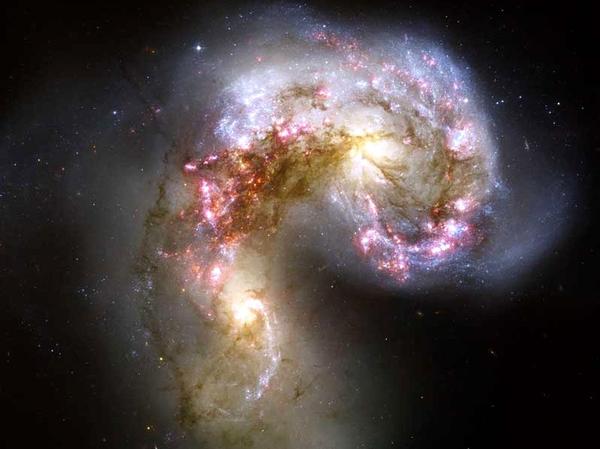 Fusion of galaxies and black holes
Fusion of galaxies and black holes
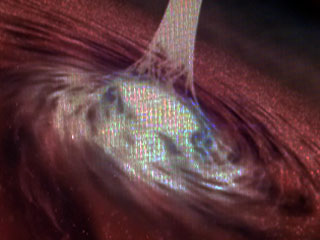 Quasars or nuclei of galaxies
Quasars or nuclei of galaxies
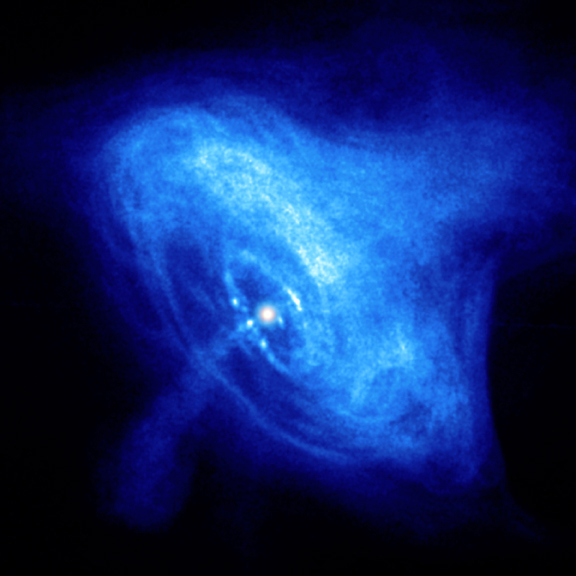 Neutron stars and pulsars
Neutron stars and pulsars
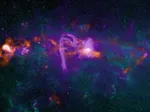 Sagittarius A: Cosmic Monster Lurking at the Center of Our Galaxy
Sagittarius A: Cosmic Monster Lurking at the Center of Our Galaxy
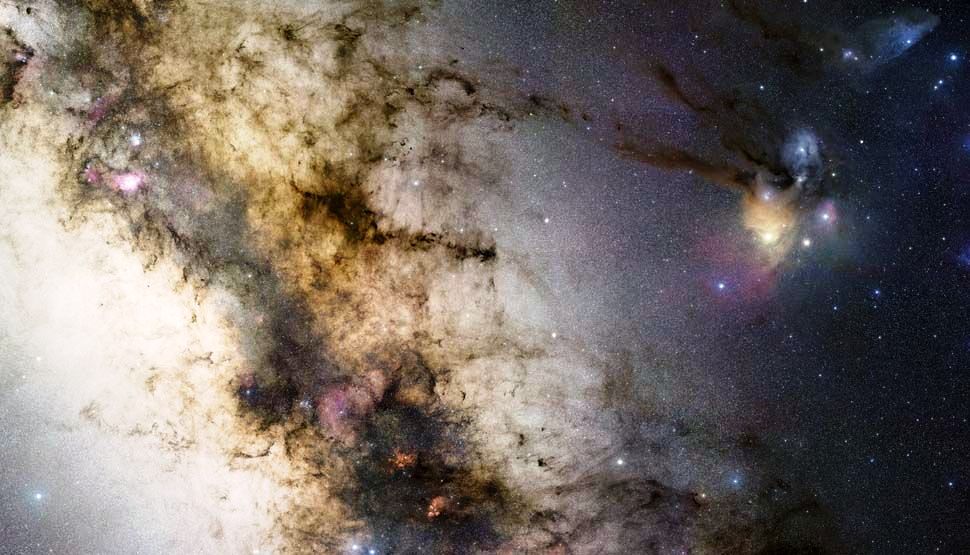 Journey to the center of our galaxy
Journey to the center of our galaxy
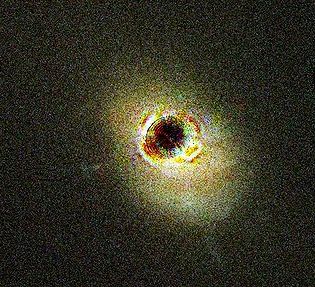 In search of black holes
In search of black holes
 The Monster of NGC 1277: A Black Hole That Defies Theories
The Monster of NGC 1277: A Black Hole That Defies Theories
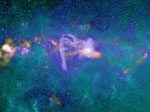 Central area of the Milky Way
Central area of the Milky Way
 The first image of a black hole
The first image of a black hole